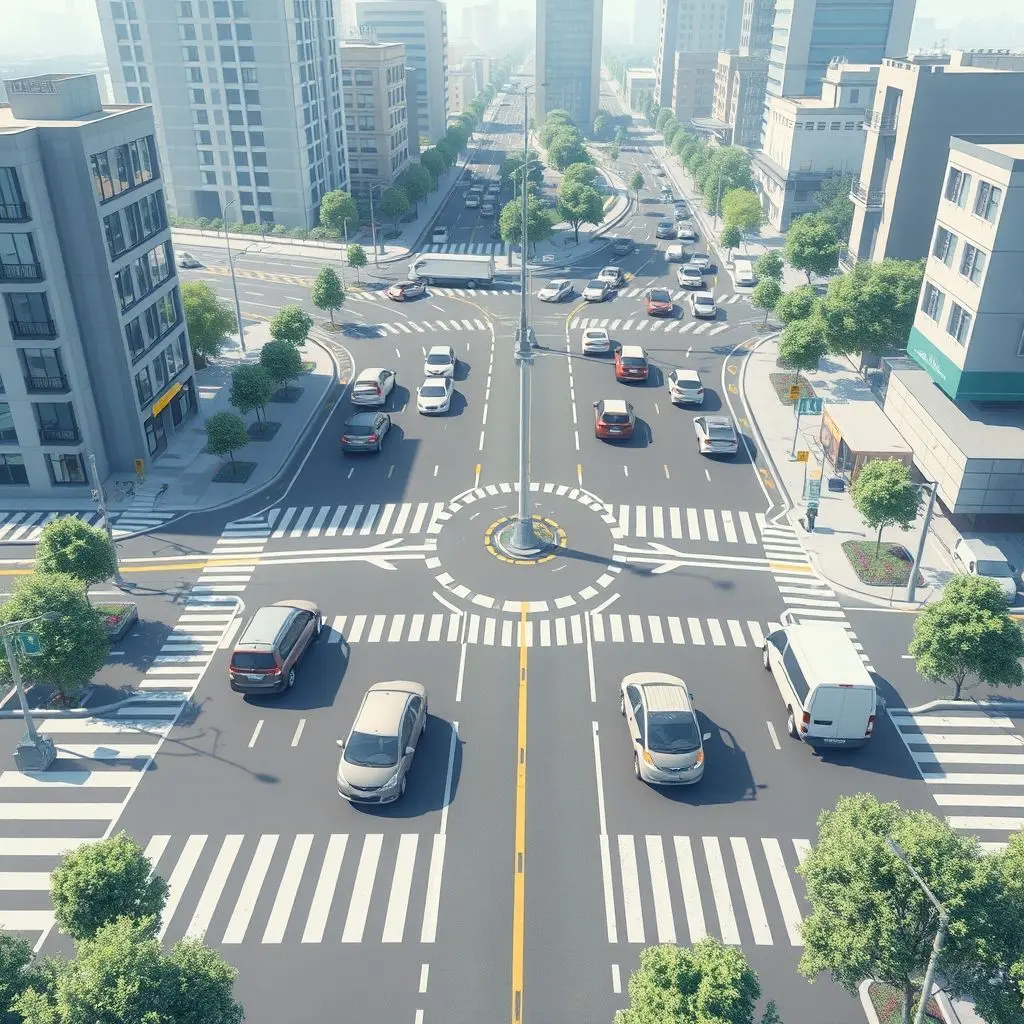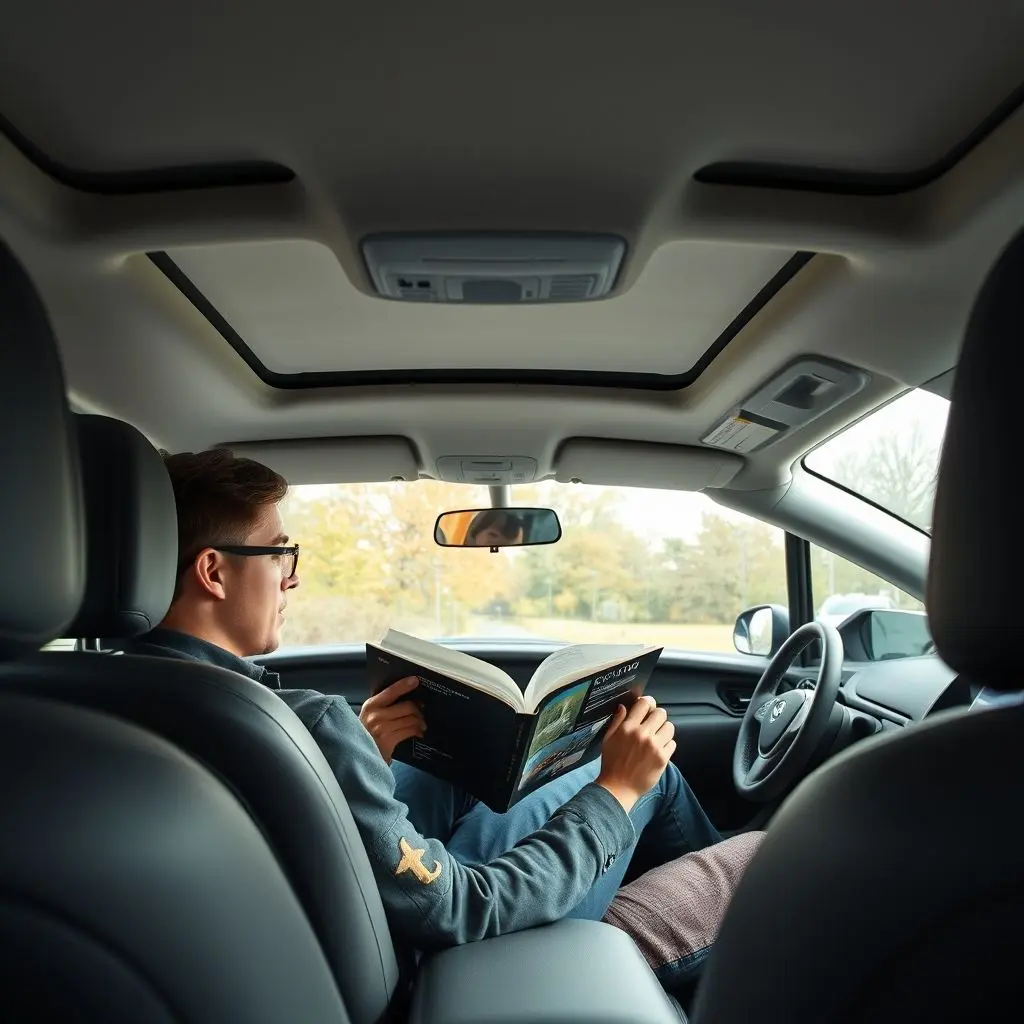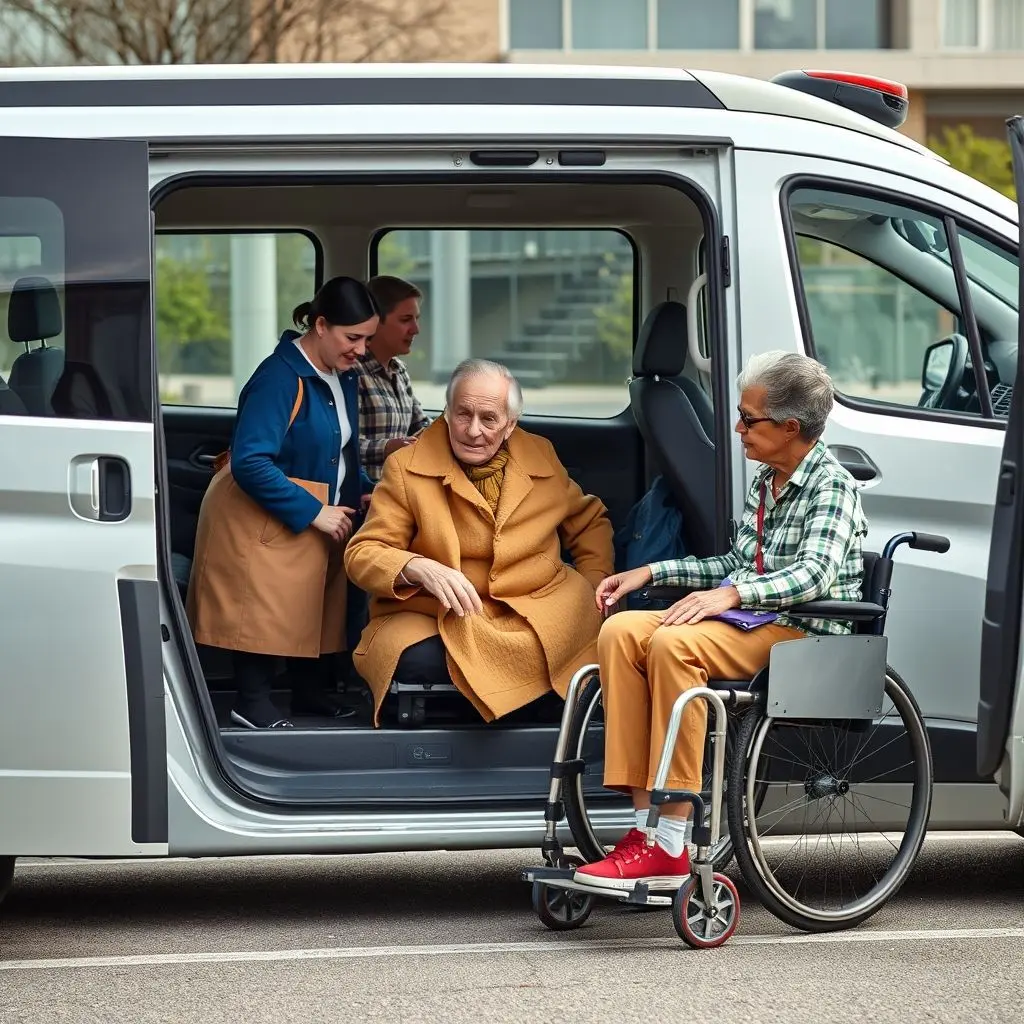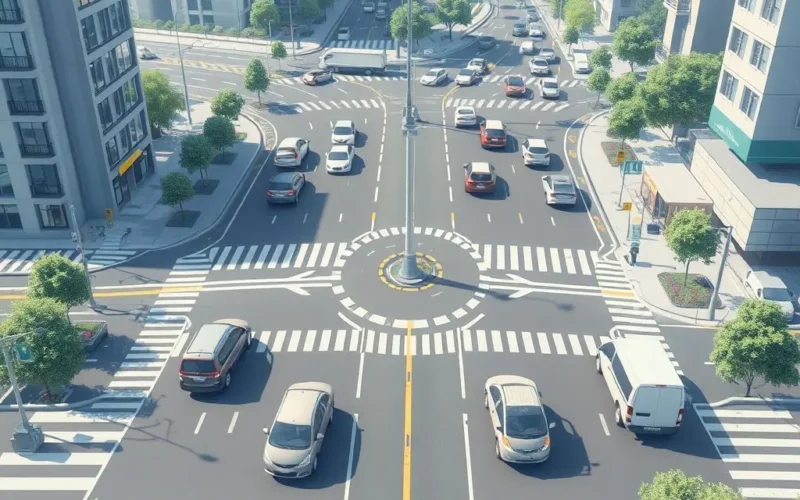Imagine this: the alarm clock hasn’t even finished its cheerful chime, but your ride is already waiting just outside your door. Not a human driver behind the wheel, but a sleek, intelligent pod, a silent bus, or maybe even a zippy flying taxi – all perfectly aware and ready to take you wherever you need to go. This isn’t a scene ripped straight from a far-future sci-fi flick anymore. The wheels of change are turning, or perhaps more accurately, the sensors are scanning, and the question begs: what truly happens if *all* transportation becomes autonomous?
It sounds radical, doesn’t it? A world where the familiar ritual of driving is replaced by a seamless, automated network. A shift so profound it could redefine everything from our daily routines to the very layout of our cities. But before we dive deep into this potential future, let’s take a quick, visual ride with our recent YouTube Shorts that sparked this very thought. It’s a rapid-fire glimpse into some of the immediate possibilities that spring to mind when we ponder this ‘what if’ scenario.
Here’s a peek at that quick take:
Table of Contents
Traffic Flow Redefined: Saying Goodbye to Gridlock?
One of the most frustrating constants of modern life is the traffic jam. That slow, agonizing crawl that eats away at your precious time and tests the limits of your patience. What if this were largely eliminated? In a fully autonomous system, vehicles wouldn’t just drive themselves; they would constantly communicate with each other (Vehicle-to-Vehicle or V2V) and with the surrounding infrastructure (Vehicle-to-Infrastructure or V2I).
This interconnected network could orchestrate traffic flow with unprecedented precision. Imagine intersections where cars don’t stop, but weave through at speed, perfectly timed. Bottlenecks could be anticipated and rerouted before they even form. Travel speeds could become more consistent, and the stop-and-go cycles that waste fuel and cause frustration would be dramatically reduced. This isn’t just about faster travel; it’s about maximizing the efficiency of the road network we already have, potentially allowing it to handle significantly more volume without expanding physical capacity.

A New Era of Safety: Towards Zero Accidents?
Human error is the overwhelming cause of road accidents – distraction, fatigue, impairment, aggression, simple mistakes. Autonomous systems, while not immune to failure, remove these deeply human vulnerabilities from the driving task. Sensors and AI react faster than humans, possess 360-degree awareness simultaneously, and don’t get tired or distracted by a phone call.
In a world of *only* autonomous vehicles, the potential for accidents caused by misjudgment, sudden braking, or drifting between lanes could plummet. Vehicles would coordinate movements, predict each other’s actions, and adhere strictly to safety protocols. While predicting a future of *zero* accidents is a bold claim and technological limitations or unforeseen circumstances could still occur, the sheer volume and severity of crashes could be drastically reduced, saving countless lives and preventing injuries. Think about the profound societal impact of that level of safety improvement.
Your Commute Becomes… Yours
What do you do during your commute now? Probably focus intently on driving, maybe listen to a podcast or music. What if that time was truly free? If all vehicles were autonomous, your commute would transform from a driving task into reclaimed personal time.
Picture this: using your travel time to catch up on emails, prepare for meetings, read a book, watch a movie, connect with family, or even just take a quiet moment to relax or meditate before a busy day. The vehicle becomes a mobile extension of your home or office, a productive space or a sanctuary, rather than a cage requiring constant attention.

Reshaping Our Cities: More Green Space, Less Concrete?
Cities today dedicate enormous amounts of valuable real estate to parking. Garages, surface lots, street parking – all necessary because human-driven cars need a place to sit idle for most of the day. In an autonomous future, personal vehicles might become less common for many, replaced by on-demand autonomous services.
When not in use, these vehicles could potentially circulate efficiently, park themselves compactly in designated areas outside prime zones, or even return to depots. This frees up vast swathes of urban land currently used for parking. Imagine these areas being converted into parks, affordable housing, community centers, or pedestrian zones. Cities could become greener, more walkable, and more focused on human activity rather than car storage.

Unlocking Mobility for Everyone
For many, the ability to drive is a key to independence and participation in society. However, age, disability, or lack of access to a vehicle or license can be significant barriers. Autonomous transportation holds the promise of unlocking mobility for individuals who are currently underserved.
Children, the elderly, people with disabilities, or those who cannot afford to own a car could potentially summon an autonomous vehicle to take them where they need to go, safely and reliably. This could drastically increase their autonomy, access to jobs, education, healthcare, and social activities, leading to a more inclusive and equitable society.

Potential Hurdles and the Road Ahead
While the benefits are compelling, transitioning to a fully autonomous transport ecosystem isn’t without significant challenges. Job displacement for professional drivers (taxis, trucks, buses) is a major socio-economic concern that would require careful planning and retraining programs. The sheer cost of infrastructure upgrades – smart roads, enhanced connectivity, charging stations – would be immense.
Cybersecurity is paramount; a transportation system reliant on constant communication is a potential target for hackers. Ethical dilemmas, such as how an autonomous vehicle is programmed to react in unavoidable accident scenarios, are complex and require societal consensus. Regulatory frameworks would need complete overhauling, and public trust and acceptance would take time to build.
Frequently Asked Questions About Autonomous Transport
- Will autonomous vehicles be 100% safe?
While aiming for drastically reduced accidents by eliminating human error, saying 100% safe is difficult. System failures, extreme weather, or unforeseen events could still pose risks. The goal is a significant improvement over human driving safety statistics. - What happens to drivers’ jobs?
This is a significant challenge. Many jobs related to driving would be impacted. The transition would require societal support, retraining programs, and a focus on new job creation in related fields like maintenance, software development, and system management for autonomous fleets. - How would weather affect autonomous vehicles?
Modern autonomous vehicles use a variety of sensors (Lidar, radar, cameras) which can be affected by extreme weather like heavy snow, fog, or rain. Continued research and development are focused on improving performance in adverse conditions, potentially involving more sophisticated sensor fusion or infrastructure support. - Who is liable in case of an accident involving an autonomous vehicle?
Liability is a complex legal question being actively debated. It could fall on the vehicle manufacturer, the technology provider, the owner/operator, or even potentially the infrastructure provider, depending on the cause of the accident. New legal frameworks are needed.
Considering a world where every car, truck, bus, and even delivery drone navigates itself is more than just a futuristic daydream; it’s a scenario laden with transformative potential and complex challenges. From reimagining urban landscapes to fundamentally altering our daily commutes and providing mobility to millions, the shift away from human-piloted transport could be one of the defining changes of the coming decades. It prompts us to think critically not just about the technology itself, but about the kind of society we want to build around it.




